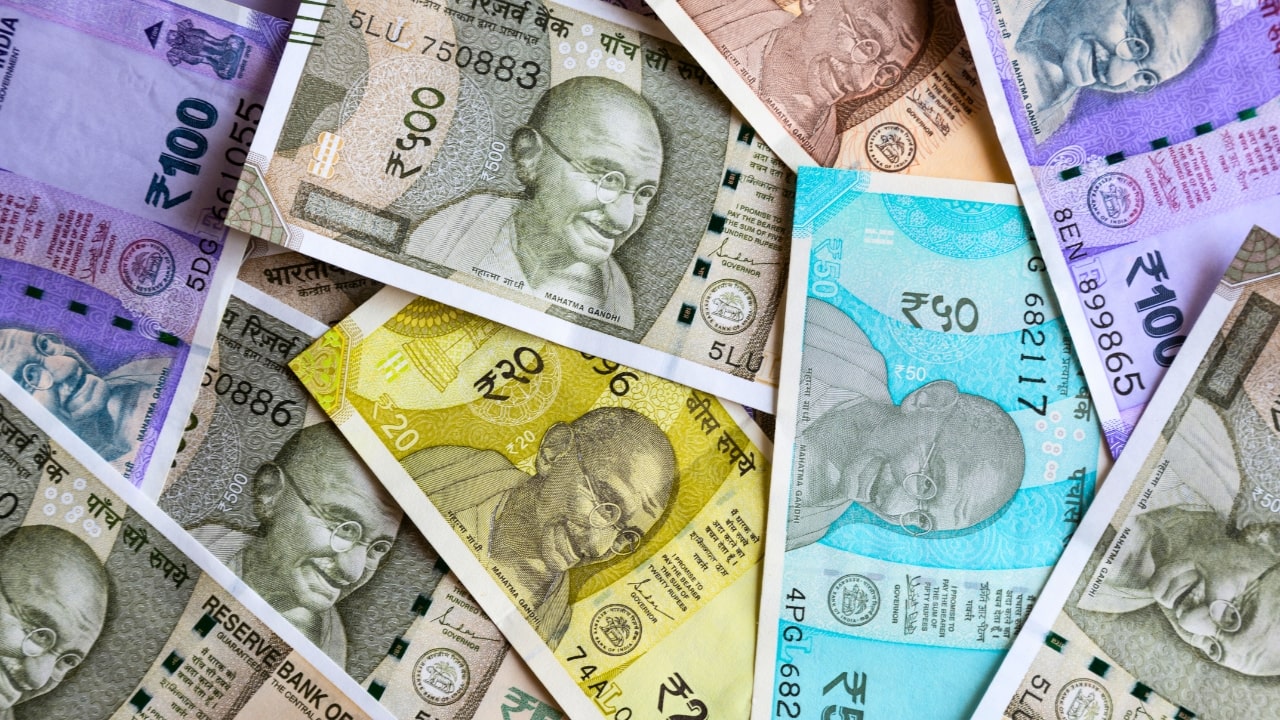You’ve probably heard of Capital One or seen one of the ads for this brand. If you want more information, we will explain Capital One and the main products this financial institution offers.
What is CapitalOne?
Capital One, based in McLean, Virginia, is a holding company for several banks specializing in credit cards, auto loans, banking and savings accounts. Currently, this financial corporation operates mainly in the United States.
Capital One has built its reputation as a technology-focused bank, and because of its growth, it is on the list of the largest banks in the United States. It has 755 branches and 2,000 ATMs. It is ranked 97th on the Fortune 500 list and 17th on the Fortune 100 Best Companies to Work For list.
It offers services in the United States, Canada and the United Kingdom. Interestingly, this company was one of the pioneers in the mass marketing of credit cards in the 90s. It managed to be the fifth largest issuer of credit cards by purchase volume in 2016, after American Express, JPMorgan Chase, Bank of America and Citigroup.
With a 5% market share, Capital One is the second largest auto finance company in the United States, after Ally Financial.
Brief History of Capital One
Over the years, Capital One has acquired other financial companies to grow its presence and secure a place among the top 15 banks in the US market.
In 2007 it acquired Netspend, and in 2009 Chevy Chase Bank. In 2011, it acquired Synchrony Financial of the entire private credit card portfolio of Hudson’s Bay Company. That same year he created one of the most significant acquisitions, that of ING Direct, for 9 billion dollars.
In October 2016, Capital One acquired Paribus, a price tracking service, for an amount we don’t yet know. In November 2018, Capital One bought Wikibuy. In July 2019, it signed an agreement with Walmart, which allows it to manage Walmart’s private label and co-branded credit card programs, which Synchrony Financial previously served.
To maintain its growth and capture market share, Capital One used some pretty innovative strategies. Though these market capture mechanisms seemed strange then, they represented a significant turnaround.
For example, they allowed holders to design their cards. Including their football team or college logo on their cards made them feel proud, leading them to spend more to show off their card design. That’s something a MasterCard (MA) or Visa (V) logo couldn’t achieve.
Capital One Financial Condition
Capital One reported a total net income of $28.6 billion for fiscal 2019. That’s a slight increase from the previous year when the company brought in $28.1 billion. Non-interest expenses were less than $15.5 billion in 2019, supporting that credit cards are incredibly profitable.
Everything Capital One spends on promotion, advertising and marketing pales compared to the revenue the company earns through its modest but mighty cards.
Consumer Banking Situation
Consumer banking continues to be an essential complement to Capital One’s credit card business. This segment accounted for $7.4 billion in revenue last year, a relatively large amount in absolute terms.
Capital One appears to be reaching its limits like many large companies and banks. And what is this due to? We could blame the growing number of financial companies
non-banking and other non-traditional, such as PayPal (PYPL). These companies have no physical location and offer services online or through their mobile apps, giving them an advantage over banks like Capital One. They can offer higher rates and incentives by not having some of the costs of a traditional financial institution. Lucrative to their clients.
What services does Capital One offer?
This bank is ideal for people looking for a complete online banking service, with an extensive network of accessible ATMs and access to physical branches. This bank is perfect for people looking for a complete online banking service, with a vast network of accessible ATMs and access to physical units. This is not the most recommended bank for those looking for the highest rates in the market.
Capital One has three clearly defined segments in which it operates. In descending order of size, they are:
- Credit Cards: Capital One is one of the largest credit card issuers in Canada, the United Kingdom and the United States. The company offers Visa and Mastercard cards, many of which are reward cards.
- Consumer Banking: This division provides individual customers and small and medium-sized businesses with everyday banking services such as checking and savings accounts, loans, mortgages, and money market accounts. This unit also includes the Capital One 360 money market offering.
- Commercial Banking: This segment serves customers with banking, lending, real estate, and investment services.
Customer Support
Capital One offers fewer branches than other banks, but you will have something more relevant: a bank with state-of-the-art digital options. For example, Capital One was the first bank in the United States to launch access to Amazon Alexa. Through this service, it is possible to find information by performing voice searches, such as the balance of your bank account.
The bank’s web interface and mobile app are highly functional and get high marks in the Android and iOS stores. Also, customers who need help can call the bank or visit a branch.
Capital One offers physical branches in some states. Capital One Cafés also allow customers to open accounts, deposit cash and checks, have coffee and socialize. Account holders can attend various events and take advantage of free financial training sessions.
Summary
Capital One Bank is one of the most popular online banks in the country and, in some regions, offers the possibility of accessing bank branches.
The most positive:
- Capital One is a hybrid financial institution that provides online banking, and if you live in the Northeast, Mid-Atlantic, Louisiana or Texas, you will have access to the branches. There are also cafes in certain places.
- There are no monthly fees or minimum balance requirements for checking accounts and no minimum balances for savings accounts.
- Free access to more than 39,000 ATMs.
- Their mobile banking app is very functional.
What is not so positive:
- For a big bank, your rates aren’t competitive on deposits compared to the best APYs available nationwide.
- Overdraft fees are $35 per transaction for customers who enrol in your overdraft protection program and do not replace overdrawn amounts promptly.
- You cannot access bank branches outside the Northeast, Mid-Atlantic, Louisiana, or Texas.











